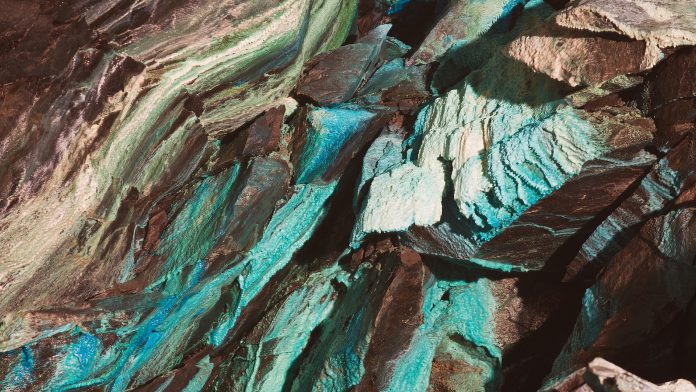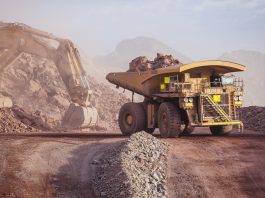Scientists at the University of Geneva have uncovered significant knowledge on the origins of copper deposit formation and finding new copper deposits.
Copper is amongst the most utilised metals on the planet due to its impressive electrical and thermal conduction properties. The largest natural resources of copper are known as ‘porphyry’ deposits that originate from magmas deep in the Earth.
In a novel study, researchers from the University of Geneva (UNIGE) reveal that these porphyry deposits are predominantly created by mechanisms comparable to those that trigger large volcanic eruptions.
This research is being carried out during an imperative time as this metal plays a significant role in the green energy transition, and current copper resources are declining. Therefore, this breakthrough opens important avenues for the advancement of novel tools to find new deposits.
The UNIGE team’s research findings have been published in the Communications Earth and Environment journal.
The need for new copper deposits
Copper is an incredibly versatile resource; it is an exceptional conductor and is very resistant to corrosion, meaning it is utilised in to manufacture a wide range of wires and electrical connectors. As well as this, it is used in the production of alloys, like bronze and brass.
Moreover, copper is highly regarded as a vital metal for the green energy transition. Particularly, it is widely used in the manufacturing of electric vehicles (EVs), and with the increasing demand for EVs, the demand for copper is anticipated to exceed the current supply within the next three decades. This means that finding new copper deposits and learning more about deposit formation is vital going forward.
This research, led by Massimo Chiaradia, a Senior Lecturer at the Department of Earth and Environmental Sciences at the UNIGE Faculty of Science, has led to an essential breakthrough. It emphasises that porphyry deposits result from mechanisms comparable to those that cause large volcanic eruptions.
“We have discovered that large reserves of copper are born of failed eruptions,” explained researchers.
Understanding deposit formation
Copper forms from hot fluids – largely comprised of water – which is released by cooling magmas. These magmas, which are the basis of eruptions, originate from the layer of Earth between the core and the crust, called the mantle. Magmas then rise to the Earth’s surface where they develop into what is known as a ‘magma chamber.’
This chamber is typically situated between 5km and 15km in depth. “If the volume and speed of magma injection into this reservoir is very large, a large quantity of fluids can be emitted catastrophically into the atmosphere with the magma during a volcanic eruption,” said Chiaradia. However, these fluids can also emerge under the Earth’s surface and give rise to a porphyry copper deposit at a depth ranging between 1km and 6km.
It is also significant to point out that this phenomenon is much less recurrent, which somewhat illuminates the rarity of copper deposits. “It takes tens to hundreds of thousands of years for a copper deposit to form, whereas volcanic eruptions are more frequent. A failed eruption depends on the combination of several parameters: the speed of magma injection, the speed of its cooling, and the rigidity of the Earth’s crust that surrounds the magma chamber. The latter must be flexible to absorb the pressure exerted by the new magma arrivals, so that the eruption does not take place,” added Luca Caricchi, second author and Associate Professor at the Department of Earth and Environmental Sciences.
Towards deposit exploration
“The discovery of similarities between large eruptions and deposits will make it possible to use a large amount of knowledge acquired by vulcanologists to advance our understanding of the formation of porphyry deposits,” commented Chiaradia.
In order to achieve their results, the UNIGE team utilised data and figures supplied by mining companies as well as data accumulated in the field and the laboratory by various researchers. This was then combined with petrological and geochemical models.
The team’s exciting findings open novel opportunities for the development of geological, mineralogical, and geochemical tools for future successful exploration of the largest porphyry copper deposits on Earth. “The next step will be to work on a model that will help us to quantify the total copper content and therefore the quality of a potentially exploitable deposit as accurately as possible,” concluded Chiaradia.









